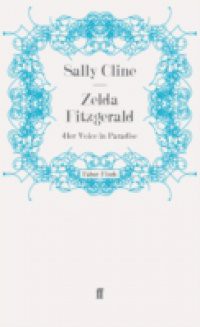Zelda Fitzgerald, along with her husband F. Scott Fitzgerald, is remembered above all else as a personification of the style and glamour of the roaring twenties - an age of carefree affluence such as the world has not seen since. But along with the wealth and parties came a troubled mind, at a time when a woman exploiting her freedom of expression was likely to attract accusations of insanity. After 1934 Zelda spent most of her life in a mental institution; outliving her husband by few years, she died in a fire as she was awaiting electroconvulsive therapy in a sanatorium.Zelda's story has often been told by detractors, who would cast her as a parasite in the marriage - most famously, Ernest Hemingway accused her of taking pleasure in blunting her husband's genius; when she wrote her autobiographical novel, Fitzgerald himself complained she had used his material. But was this fair, when Fitzgerald's novels were based on their life together? Sally Cline's biography, first published in 2003, makes use of letters, journals, and doctor's records to detail the development of their marriage, and to show the collusion between husband and doctors in a misdirected attempt to 'cure' Zelda's illness. Their prescription - no dancing, no painting, and above all, no writing - left her creative urges with no outlet, and was bound to make matters worse for a woman who thrived on the expression of allure and wealth.

